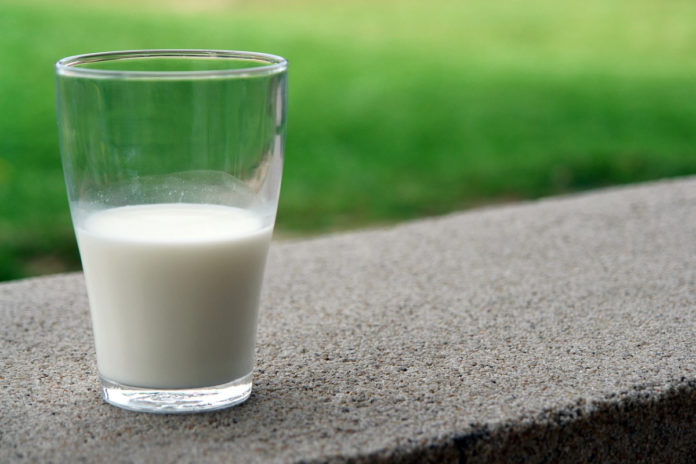With many farmers around the globe having to dump their milk as a result of a fall in demand due to COVID-19, some have resorted to spreading the milk on their land.
There are some benefits to spreading milk on land and it can be a safer way of disposing of the product rather than allowing it to wash away in a yard.
Agricultural and Life Science professors from the University of Wisconsin-Madison (WU-M) have compiled a list of benefits and guides for applying milk on grassland.
The information that they provide is as follows:
Nutrient value of milk
Compared to liquid dairy manure (< 4% DM), milk has:
- 6 x more available N;
- 9 x more available P2O5 (Phosphorous);
- 5 x more BOD (biochemical oxygen demand).
Biochemical oxygen demand is the amount of oxygen required by microbes to breakdown organic materials.
Considerations for grazing
- Apply shortly after grazing/harvest;
- Choose date of application that would maximize the number of days between application and grazing/harvest;
- Unknown how milk on foliage will alter forage palatability, ensiling and/or quality;
- For grass, split into 2-3 applications with final application in mid-August.
Mixing with slurry
The University of Wisconsin-Madison recommends that milk be added to slurry and mixed in evenly, as milk has fat that will coat mechanical systems.
- Add milk to manure storages;
- Additions much be less than storage permitting allows;
- Mix evenly;
- Odours will remain for some time. Use beneficial management practices to reduce and disperse odours in storage and land application.
Application guidance
When applying dairy products to the soil, take the following into consideration:
- Milk should NOT enter ground or surface water;
- Apply only to soils that are suitably dry (< 75% of field capacity in top 8”);
- Avoid applying when rain is predicted, eminent, or directly after rain;
- Milk should not runoff or pond during application;
- All other nutrients that have been or will be applied must be credited towards the total nutrient application rate;
- Apply uniformly across a field;
- Shallow inject or incorporate to reduce odour and risk of runoff;
- Properly calibrate application equipment;
- Consider multiple applications with less volume per application;
- New Zealand research suggests waiting 20 days between applications to allow for microbial degradation.





